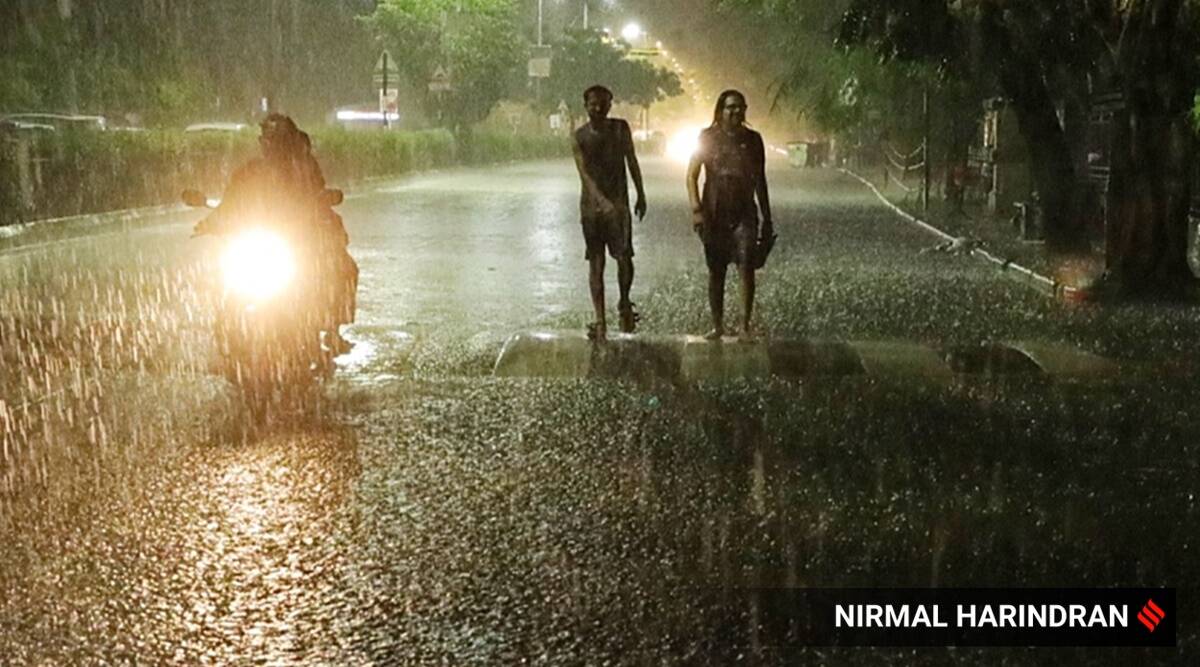The maximum impact of extreme weather was felt by Asian giants China and India, which suffered economic losses to the tune of US$ 26.3 billion and US$ 23.1 billion, respectively, last year.
Asia was the worst affected continent due to extreme weather events in 2020, the World Meteorological Organisation (WMO) said on Tuesday.
The continent experienced its historically warmest ever year when the mean temperature remained 1.39 degrees Celsius above the 1981 – 2010 period average, stated the WMO’s Report on the State of Climate in Asia 2020, released globally on Tuesday.
The maximum impact of extreme weather was felt by Asian giants China and India, which suffered economic losses to the tune of US$ 26.3 billion and US$ 23.1 billion, respectively, last year. Droughts remained the single largest extreme event last year to hit these two countries, the WMO report stated.
Japan, Iran, Bangladesh and the Republic of Korea were among the other countries to suffer damage due to extreme weather in 2020.
Last year, the average land surface air temperature over Asia was approximately 1.42 degrees above its 1981 – 2010 average, the highest ever recorded. The temperatures around the Arctic Circle, and in particular at Verkhoyansk in Russia — once credited to be the coldest place on Earth — recorded 38 degrees Celsius in summer of 2020.
2020 was also an exceptionally wet year for eastern Asia and northeast Arabian Sea regions. The east-Asia summer monsoon reached 190 – 200 per cent of annual average precipitation of over 1000mm / year. The WMO has warned that the recurrence of such events has increased fivefold compared to 1960 – 1984 period.
Over 5 crore Asians were affected due to floods last year and killed about 500 in India during various seasons.
India’s west coast — Gujarat, Maharashtra and Karnataka — witnessed the largest absolute precipitation excess.
The WMO report on Asian climate mentioned Cyclone Amphan — which crossed the Sundarbans in West Bengal in May 2020 — to be one of the severest storms to hit any Asian country. Nearly 24 lakh Indians were displaced in what was described as one of the strongest cyclones ever that killed 85 people.
Like atmospheric temperatures, the Indian Ocean too reported a record high warming value measuring more than 0.5 degrees last year. Sea surface temperatures and ocean warming in and around Asia are increasing more than the global average
and the same over the Arabian Sea was rising at a three times higher rate.
As a result, the North Indian Ocean region — comprising the Bay of Bengal and the Arabian Sea — now holds the potential of contributing to the sea-level rise measuring 3.7mm / year, which was much higher than the global mean, thus risking coastal livelihoods, warned the WMO report.
High Asian mountains, specifically the Tibetan Plateau, were warming at alarming rates and the glacial melt last year was notably high. The Tibetan Plateau is the source to at least 10 major Asian rivers. In 2019 – 2020, the minimum sea-ice extent was the second lowest since 1979.
Source: Read Full Article


